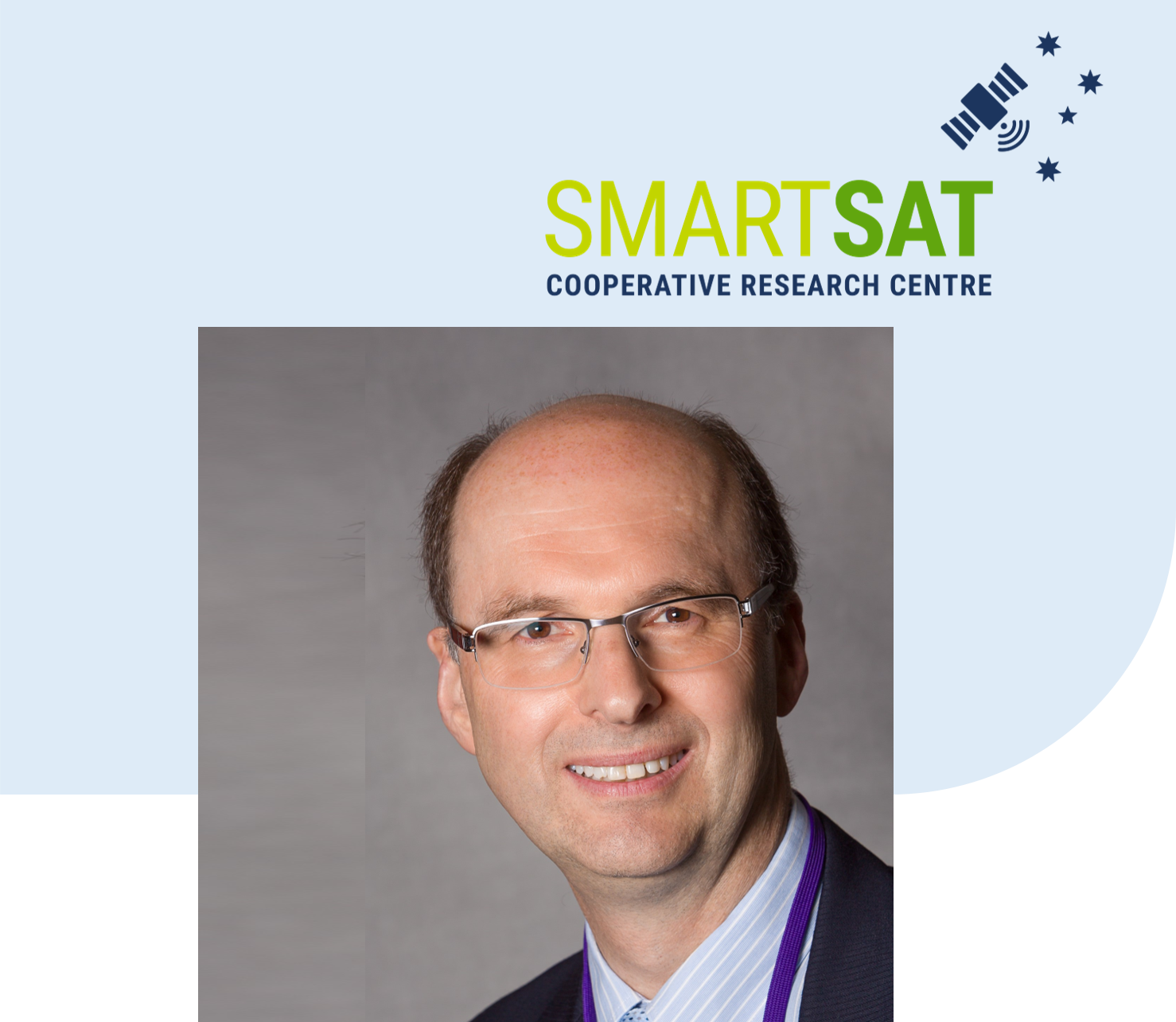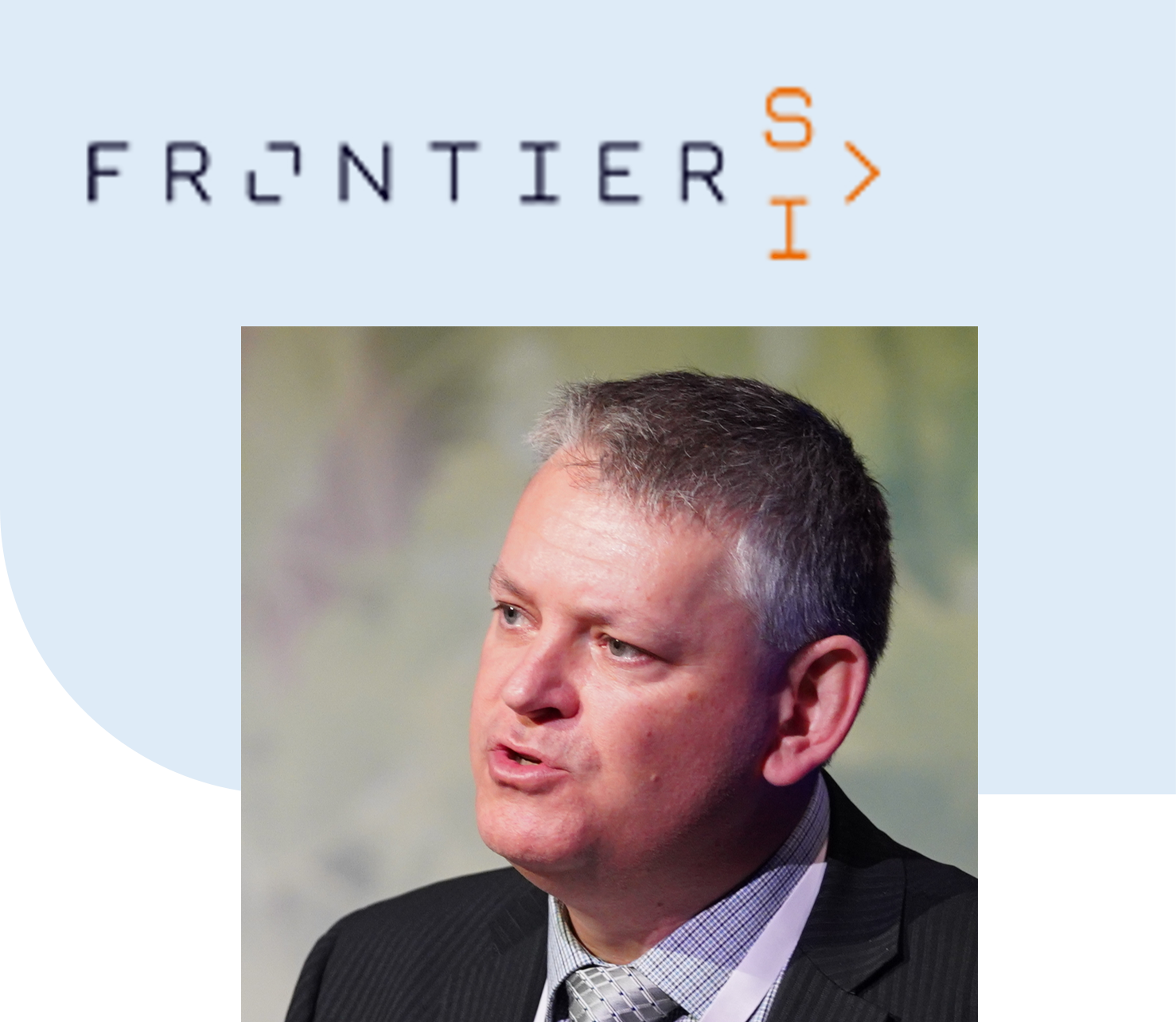
ABOUT

A message from the Acting Chair
The 2030 Space+Spatial Roadmap represents the lasting legacy of Dr Peter Woodgate and aims to help Australia take advantage of a golden opportunity to bring our national space and spatial industries closer together. The businesses at the intersection of space and spatial have a fundamental role in helping Australia navigate its response to catastrophic bushfires, the impacts of climate change, and the development of recovery plans for the economy following the global pandemic and its impact on our society and the economy.
This work was conducted under Dr Woodgate’s leadership and was the culmination of over the last few years working across the space, spatial and research sectors. We are proud to be handing over these recommendations to the Australian Space Agency today and hope that the roadmap inspires government at all levels to take immediate action.
Acting Chair, 2030 Space+Spatial Industry Growth Roadmap Steering Committee

Introduction
In this information age, economic success, societal well-being and national security pivots around our ability to collect, disseminate and exploit complex data in a timely and effective manner. Space and spatial capabilities are central to achieving this, providing essential data and services to support areas of national importance such as land and water security, emergency management, and, increasingly, autonomous systems and smart cities management.
The Australian space and spatial industries are poised for great growth. By systematically and strategically working together, these two closely allied industries will realise enormous benefits that would otherwise not be possible.
The Space+Spatial Industry Growth RoadMap 2030 seeks to:
1) highlight the strategic importance of a strong Australian space and spatial capability;
2) identify the critical characteristics of such a capability; and
3) outline the steps required to realise an integrated space and spatial ecosystem that will be a key national asset.
The Roapmap focuses on the most important areas where space and spatial can work together, based on extensive consultation with key industry bodies, and provides a list of actions desigend to optimise the accelerated growth of these two industries looking out to 2030.
The Roadmap highlights those issues that have not yet been factored into the many existing strategies and plans of the agencies, organisations and companies that have contributed to the paper. The priority for this Roadmap is growing the earth-oriented applications, recognising that the outward looking space will warrant similar attention in the future.
In their words

Beyond industry awareness
“Together these industries face a once in a century opportunity. This is well beyond more talk and forward thinking. This is an industry-driven movement to focus on the immediate and medium-term wins that are achievable for Australian businesses, scientists and professionals if only we take smarter, informed action”.
Peter Woodgate
SmartSat CRC
New and different for industry
“We’re looking to bring this dialogue to geospatial professionals in public and private practice right across Australia. The national coalition will be hosting a range of ways from direct online feedback to video roundtables and live local discussion. Also, what’s new and different with this exploratory outreach and consultative paper is that it’s uniquely driven by industry, for industry. So while we have some of the most influential government agencies currently talking with us, this program is independent and doesn’t aim to produce public policy but to investigate, understand and mobilise the best kind of industry response that Australia can make in the coming years.”
Glenn Cockerton
SIBA-GITA
Adding your voice to others
“It’s an important opportunity not just to have your say through a timely national consultation but also to connect into a diverse circle of large and small organisations and thought leaders. You’ll learn a lot about new directions, skills and opportunities. We’re focusing not just on the emerging space industry or the geospatial disciplines, we’re specifically investigating the intersection of these two worlds. Our organisation is excited to be immersed in this new discovery process.”
Tony Wheeler
SSSI
A natural progression
"This roadmap is the natural progression of the 2026Agenda, which delivered a roadmap to drive growth, coordinate effort, and transform the spatial sector. We are seeing technological change present the opportunity for space and spatial businesses to work together to integrate information workflows faster and cheaper. This will improve the service offerings and operational efficiencies."
Graeme Kernich
Frontier SI
The right time for Australia
“Some think that Australia is too small to play in this arena. Bigger countries with well-established space sectors tend to be caught in entrenched interests and approaches. But, as we’re seeing with Elon Musk and SpaceX as well as others, in the 21century the space industry is very different, more affordable and with many niche specialist options. As a small, younger upstart entrant to this marketplace, we think Australia can be more agile in how our industries pivot faster to take advantage of the new opportunities. There is a huge home-grown multi-billion market just in defence, but we urgently need to build both capabilities and capacity. In addition, this effort may prove to be valuable in meeting the rapidly growing needs of earth observation and space-based programs in India, Asia and the Middle East as well as the US and Europe.”
Peter Kerr
Space+Spatial Industry Roadmap coordinatorSpace+Spatial Industry Growth Roadmap 2030
Steering Committee

Vale, Dr Peter Woodgate
December 1957 - December 2022
Dr Peter Woodgate was the founder, visionary leader and Chair of the 2030 Space + Spatial Roadmap Steering Committee and Working Group. The aim of the Steering Committee is to highlight the importance of Australia’s interlinked space and spatial industries and ensure they maximise their growth potential.
Peter was a tireless advocate and champion, nationally and internationally, for the Australian spatial and space industries. Throughout his career, Dr Woodgate displayed balanced and thoughtful leadership, with an enduring commitment to championing the space and spatial industries, spanning over 40 years. He helped establish several companies and managed an industry cluster of over 100 companies, translating applied research into commercial outcomes. He was an Honorary Fellow of the Surveying and Spatial Sciences Institute, a life member of the International Society for Digital Earth and a graduate of the Institute of Company Directors. He held a Doctor of Business Administration from RMIT University in factors that drive innovation in the spatial industry, a Masters of Applied Science from the University of New South Wales focused on bushfire mapping using satellite remote sensing, and a Bachelor of Forest Science from the University of Melbourne.
His professional contributions and achievements are too numerous to list. His most relevant and recent appointments were as inaugural CEO of the CRC for Spatial Information, inaugural Chair of SmartSat CRC, co-chair of the Australian Spatial Industry 2026 Growth Agenda and Roadmap, inaugural President of the Geospatial Council of Australia, member of the Australian Space Agency’s Space Industry Leaders Forum, Chair of the Australian Urban Research Infrastructure Network, co-chair of the Trusted Information Sharing Network (TISN) Space Sector Group and Board member of the Public Sector Mapping Agency, and former Board member of the Terrestrial Ecosystem Research Network, Auscope, and CRC Association.
As a colleague, Peter will be remembered for the respect he showed to all, the values that informed every decision and the tireless work and passion he committed to every role. The space and spatial industry sectors have lost a truly extraordinary individual and a tremendous leader, colleague, mentor and friend. He will be deeply missed.

